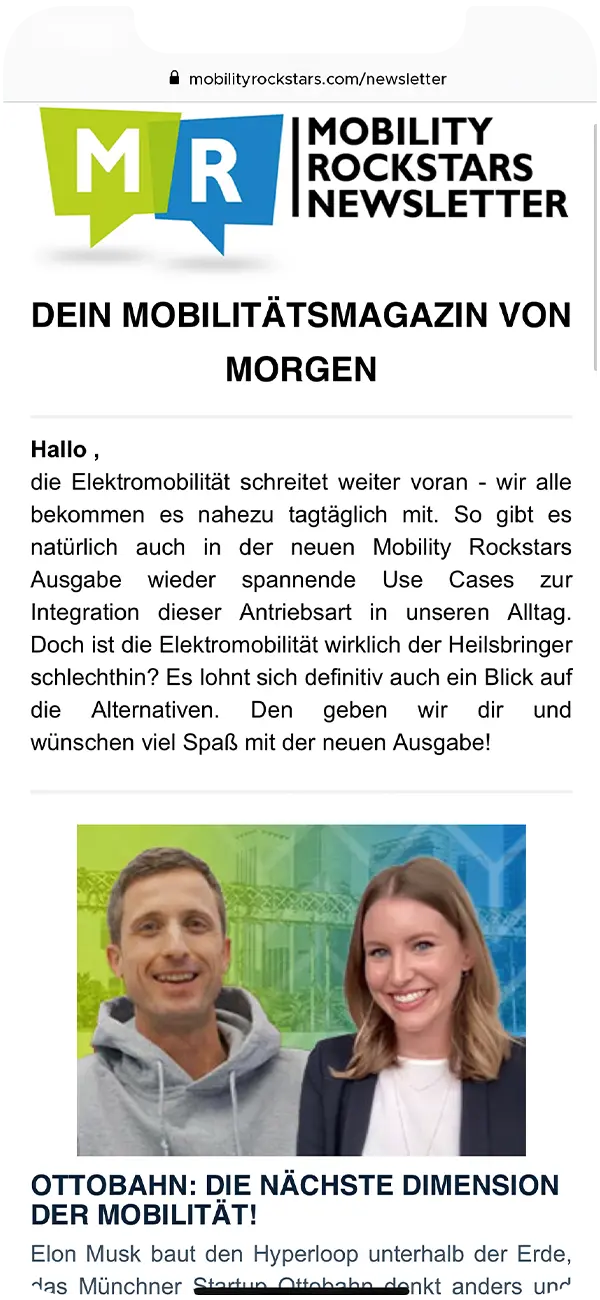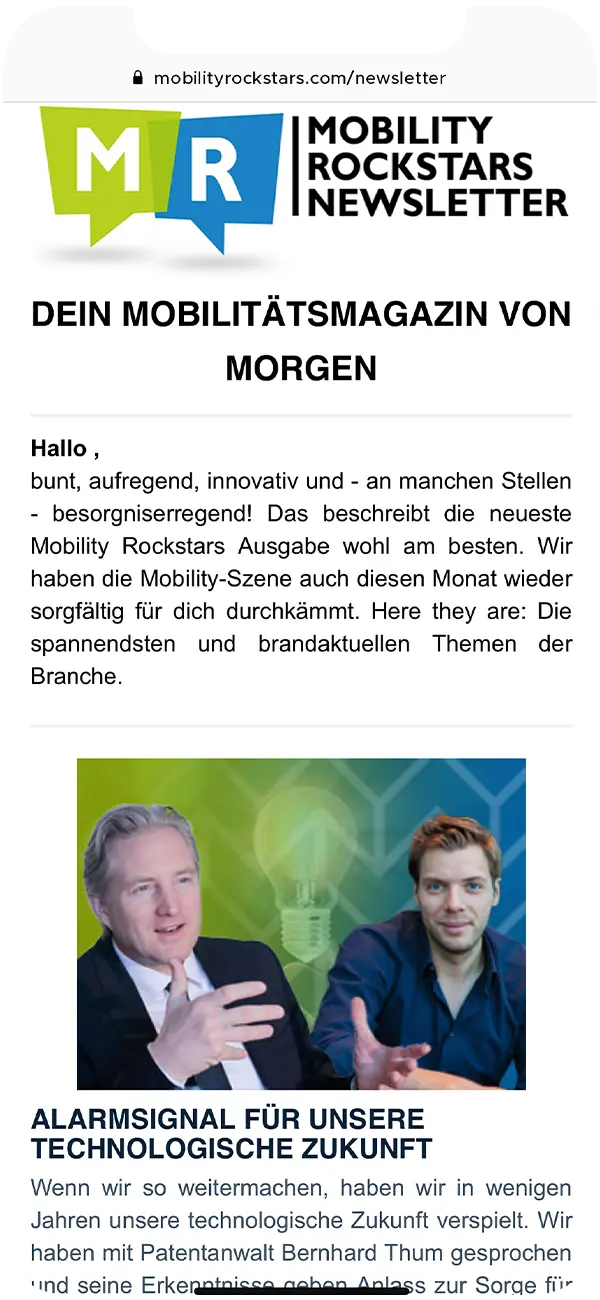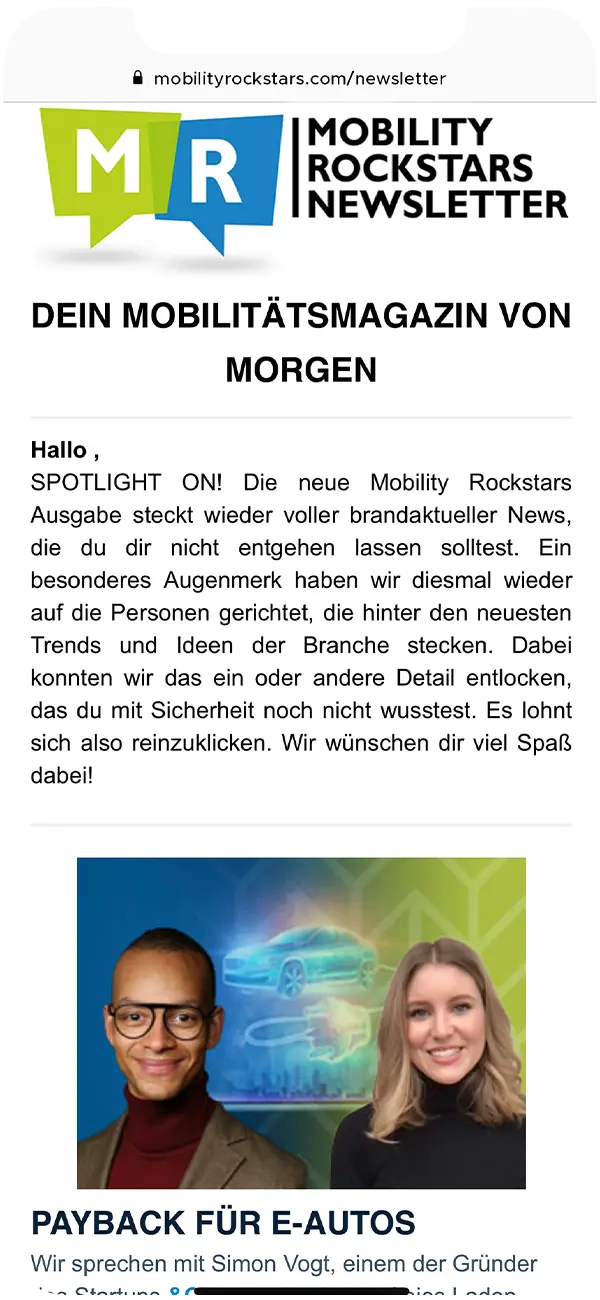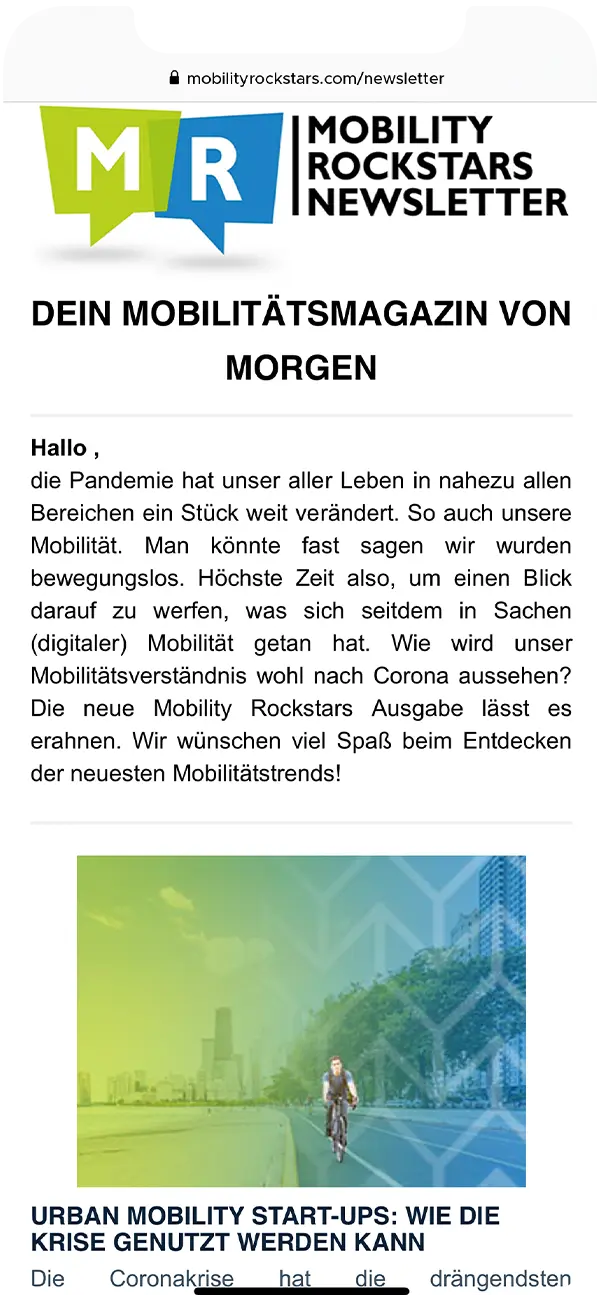Automotive online shopping platforms 2022: The only truth is in the code
A fundamental discussion is brewing in the automotive industry about how to deal with subscription systems, downloadable services or bookable extra functions in the vehicle in the future: Can customers be offered a high degree of customizable convenience directly from the cloud for a small additional charge, or will a "DLC culture" establish itself analogous to the games industry, in which finished content is only made available for a fee? While this is certainly a valid debate, there is no doubt that progress and innovation must provide the technical infrastructure for this situation. We talked to the experts Rieke, Manuela and Kai from Cognizant Mobility and asked them about their work on a shopping platform for online services that is currently being optimized as part of innovative automotive cloud IT.

Marc
Marketing Professional
8.09.22
Ca. 7 min
Automotive Cloud IT: Shopping platform for software in the car – What are the basic tasks?
The automotive cloud IT project itself refers to the entire shopping platform, more precisely the backend for the after-sales store for software, which can be used by the customer for an appropriate fee. This is currently still divided into different types of products:
- Functions (e.g. navigation with accurate maps, seat heating control, etc.)
- Digital keys for different users
- Various apps (Spotify, Apple Play, etc.)
To ensure smooth operation and uncomplicated use of these services, extensive requirements management, management and optimization of the store backend, experience and expertise in cloud IT, and a high level of knowledge of the underlying software architecture are required.

Shopping Platform via Automotive Cloud IT – These are the Challenges (and Solutions)
Services that move with the times, develop and grow often pose special challenges, especially on the technical side. In this case, the shopping platform has also grown organically in the sense of natural – and necessary – evolution and is structured in a microservice architecture. This results in a multitude of dependencies within the cloud, and a complex landscape formed:
- The backend: administrative services, customer and vehicle information, purchasing processes
- Contract databases: orders (technical status), activation of purchased licenses and more
- Template database: templates for invoices, activation and confirmation
- Catalog: Listing of available services / products
Taking note of this – incomplete – list, it becomes clear why a project of this nature requires not only automotive cloud IT and software architecture, but also strong backend management and meaningful requirements management. If the product owner wishes for a new invoice variant, a “hard requirement” must be created from this “soft” requirement (this process alone would almost be worth its own article – let us know on LinkedIn or via the contact form if you wish!).
The desire must therefore first be validated, which involves many communication loops, in whose refinements it must be discussed not only with the development team, but also with the stakeholders, what is possible and what result can be agreed upon. Readers outside the industry would certainly often be surprised how often compromises occur in the development of large projects and their requirements – after all, every project also has its limits, especially if it has existed for a long time.
What dependencies exist, how networked is everything, or: If I change this code – where else does something change everywhere?
However, clarifying the requirements is not the only part of this project landscape – the development of concepts and complete, comprehensive documentation are also an elementary part of the work. Especially in the area of requirements engineering, it is of high importance to define requirements granularly and unambiguously, so that any newcomers to the project can also find their way around the transparent repository.
Once these steps have been taken, it is often only then that the software architects and development teams begin to tackle the technical implementation.

Automotive Cloud IT Projects: What skills do project teams need?
We also wanted to know from Rieke, Kai and Manuela which skills are absolutely necessary to be successful in such a dynamic team with very different tasks. The fact that challenges have to be dealt with in a motivated manner, which can go hand in hand with technical know-how, is hardly surprising. Especially for newcomers to the project, its scope can quickly seem impressive. Such large cloud IT projects are generally never completely fixed in all areas – after all, the complexity in the store itself often only arises due to its growing scope over time. Not all requirements can therefore be clear in advance. Thorough project work therefore includes a focus on individual parts and modules.
The ability to abstract in order to form a meaningful sum from the individual parts is also absolutely essential – after all, a successful product is to be offered to the customer at the end of the project.
Especially for software architects in automotive cloud IT projects like this, experience in using cloud services like Amazon Web Services (AWS) is essential. Many services run in Docker containers – knowledge of micro-service architecture, database implementation, and connecting the many interfaces are important cornerstones that Cognizant Mobility and its experts provide for customers. Knowledge of Javascript, Sidescript and Java Kotlin are further advantages, because, as software architect Kai aptly and with almost prophetic certainty lets us know:
The only truth is in the code.








